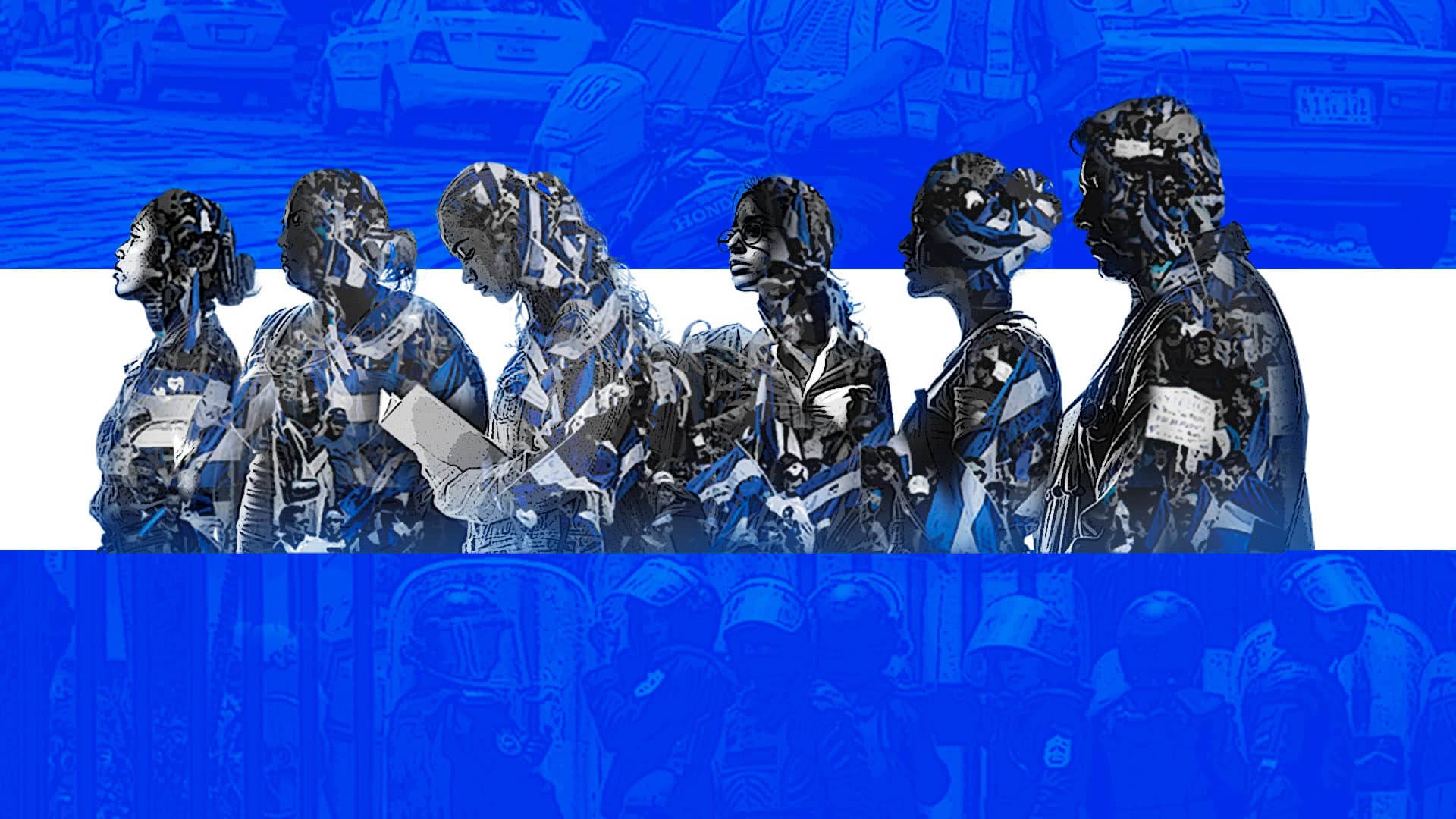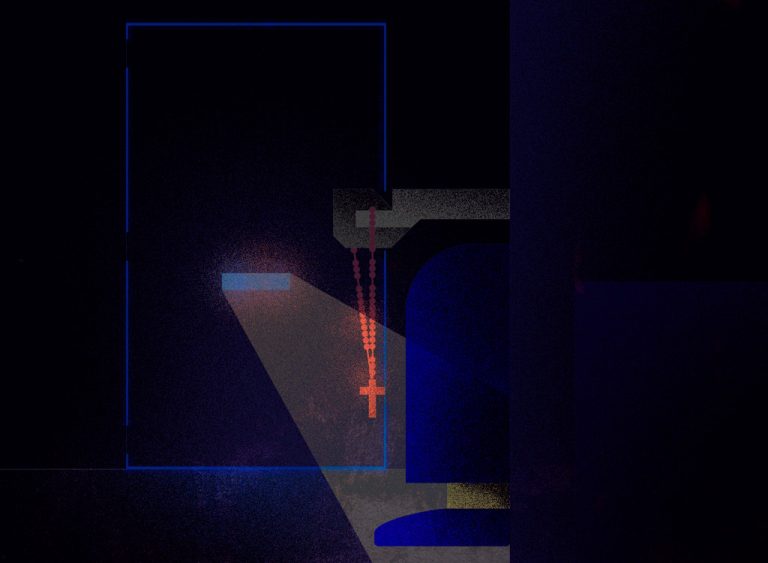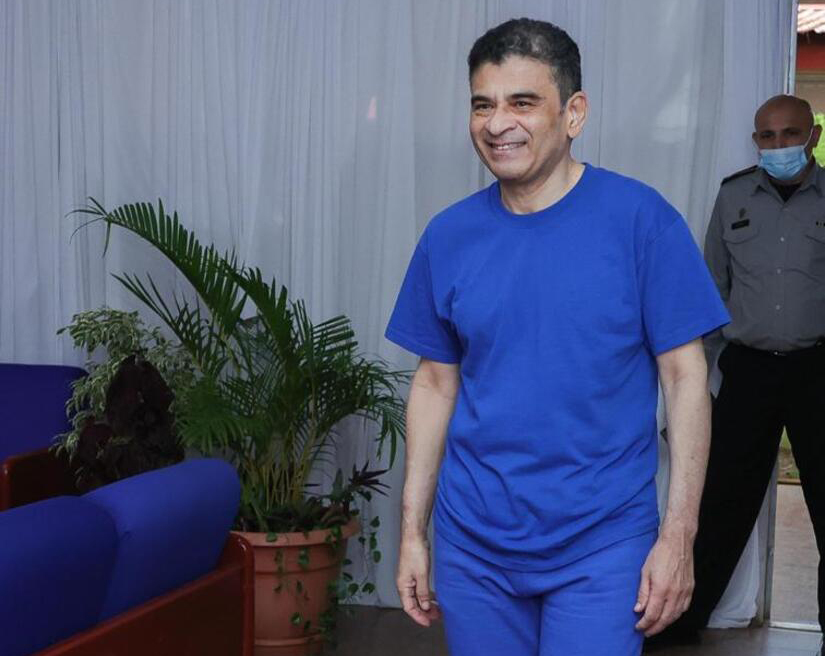23 de mayo 2023

Six Years With April in Tow: Life Under Nicaragua's New 'Normal'

PUBLICIDAD 1M
PUBLICIDAD 4D
PUBLICIDAD 5D
The maximum security wing where the dictatorship is holding the bishop is dark, unhygienic, unventilated – a real hell, say ex-prisoners

Cell 19 of "The Hellhole" ("El Infiernillo" in Spanish) is located in Gallery 300 of the Jorge Navarro National Penitentiary System, better known as "La Modelo". Cockroaches roam every nook and cranny. They emerge from the pipe of a sink in bad condition and then crawl all over the place. "That was one of my tortures. The blessed cockroaches are everywhere," recalls Yubrank Suazo, who was imprisoned there. The university leader was arrested and imprisoned as a political prisoner by the Ortega dictatorship twice, first in 2018 and then in 2022.
Suazo recalls the "lack of cleanliness" in that dungeon as "terrible". He says it's so hot inside it feels "like you're in hell". The maximum security cells in Gallery 300 have no ventilation, and it's even worse in the "The Hellhole" pavilion, a set of 26 cells for prisoners being punished or sent to isolation. The cells are barely 8½ feet long by 6½ feet wide. In there, "the awful heat provokes greater anxiety, desperation, the desire to run away," he describes.
It is in one of these cells in "The Hellhole" where the bishop of the Diocese of Matagalpa, Monsignor Rolando Álvarez, is being held. It is an unhealthy, gloomy place, the complete opposite of the furnished room, with white curtains and small palm trees, where the priest was photographed by the Ortega dictatorship on March 25.
Álvarez was taken to "The Hellhole" on February 9, 2023, after refusing to accept the banishment order imposed by the Ortega regime that sent 222 political prisoners to the United States. The following day, Judge Nadia Tardencilla Rodríguez of the Second District Trial Court in Managua sentenced Álvarez to 26 years and four months in prison in a process characterized by experts as a "criminal action".
Those who have been imprisoned in Gallery 300 explain that it consists of approximately 150 cells distributed in three modules. Module 3-1 is a single-story building known as "The Hellhole", and is for solitary confinement. The cells there are designed for two people, but normally there is only one inmate, often in shackles on his hands and feet. Modules 3-2 and 3-3 are two-story buildings, also maximum security cells, but not solitary confinement.
In these maximum security cells –inaugurated by the regime in 2015-- the spaces are small. The only door is made of heavy metal, the beds slabs of concrete. The cells are dark, unsanitary, without ventilation or sufficient natural light, and the people there are exposed to humidity, cold, or heat "of up to 45° Celsius [113°F]," according to the report of the UN Group of Experts on Human Rights in Nicaragua (GHREN) presented in March of this year.
The only source of air is a small window in the door approximately ten inches high by five inches wide, sealed by a metal mesh; and another 6 inches by 6 inches through which food is passed to the inmates.
"In 80% of the cells in [Gallery] 300, the prisoner takes care of his physiological needs in a hole, like where a toilet might be installed," Suazo says. But in "The Hellhole," an area of total isolation, "it seems like it was the first building dbuilt. The cells there have metal sinks and toilets, "like the toilets in prisons in the United States", but they are "in complete disrepair," he says.
Suazo recalls that in Cell 19 of "The Hellhole" –where he was held the second time he was imprisoned-- the sink and toilet drains were not working. "I [had] to relieve myself in the hole where the toilet drains, because I wasn't allowed to have a bucket or container to pour water down to drain the feces," he said.
Another ex-prisoner interviewed by GHREN about his experience in prison described: "In 'The Hellhole' my skin got contaminated, it rotted. I got fungus, my skin erupted. I felt deep pain and burning. My mother tried to bring a whole pharmacy [of medications] because I also had lung problems. There was no light, no air, it's very hard for air to circulate or recycle there."

In these conditions it is impossible to stay hydrated because water service is only enabled twice a day, at 5:00 a.m. and at 12:00 p.m, for twenty minutes. "That's the time you can bathe and take care of your physiological needs because afterwards there are no conditions to wash or clean anything that gets dirty," explains Suazo.
Another political prisoner who was held in "The Hellhole", where Monsignor Álvarez is being held, was student leader Kevin Solís, who like Suazo was captured on two occasions, first in 2018 and then in 2020.
The first thing Solís remembers is the darkness in Cell 13. There is no light bulb in the cell. No sunlight comes through the little window in the door, which faces a concrete wall that completely blocks the natural light. "There is no light and the heat is sweltering," he says.
Solís spent most of the time in his boxer shorts because the "oppressive heat" of the cell made it "impossible to be in the blue prison uniform" and the guards "only allow you to have one bottle of water". This situation kept him weak and completely dehydrated.
Even in these deplorable conditions, the prisoners are monitored 24 hours a day through a camera system which was allegedly installed in 2020, after most of the political prisoners were released under the regime's self-amnesty.
The camera is installed "from above" the cell, just "on top of a little wall" that separates the bathroom from the rest of the cement room. "There you are all alone. You, the camera and your soul," Solís says.
Solís also recalls the cockroaches, mosquitoes and other insects in the cell, as well as the foul smells coming out of the metal toilet, which "is dirty most of the day" due to the lack of water. "I honestly don't know how I put up with all that," he reflects.

This past May 21, it had been 100 days since Monsignor Álvarez had been taken to the cells of "The Hellhole". During this time the regime has released photos of him on only one occasion, when it released images of a family visit showing the bishop in prison uniform, visibly thin, pale and gray-haired.
In the GHREN report, Nils Melzer, the Special Rapporteur on torture and other cruel, inhumane or degrading treatment or punishment, explained that solitary confinement reduces meaningful social contacts to an absolute minimum and that the resulting level of social stimulation is not sufficient for the person to retain a reasonable state of mental health.
According to the rapporteur, prolonged solitary confinement is of "particular concern". The 15-day time limit marks the boundary between "solitary confinement" and "prolonged solitary confinement" because, at that point, some of the harmful psychological effects of solitary confinement may be irreversible.
The special rapporteur considers that the longer the duration of solitary confinement –or even the greater the uncertainty about the duration– the greater the pain and suffering of those subjected to solitary confinement, as well as the risk of serious or irreparable harm to the prisoner.
Various human rights mechanisms, such as the UN Human Rights Committee, the Committee against Torture and the Inter-American Court have considered that solitary confinement to this degree could constitute cruel, inhumane or degrading treatment or punishment, or even torture.
For Suazo and Solís, "The Hellhole" in Gallery 300 is now a bad memory. They lament that the bishop of Matagalpa and 60 other people are still in the regime's prisons for political reasons. This situation motivates them, now in exile and stripped of their nationality, to continue demanding freedom for political prisoners, as well as truth, justice and reparations for Nicaraguan society.
This article was originally published in Spanish in Confidencial and translated by our staff.
PUBLICIDAD 3M
Confidencial es un diario digital nicaragüense, de formato multimedia, fundado por Carlos F. Chamorro en junio de 1996. Inició como un semanario impreso y hoy es un medio de referencia regional con información, análisis, entrevistas, perfiles, reportajes e investigaciones sobre Nicaragua, informando desde el exilio por la persecución política de la dictadura de Daniel Ortega y Rosario Murillo.
PUBLICIDAD 3D